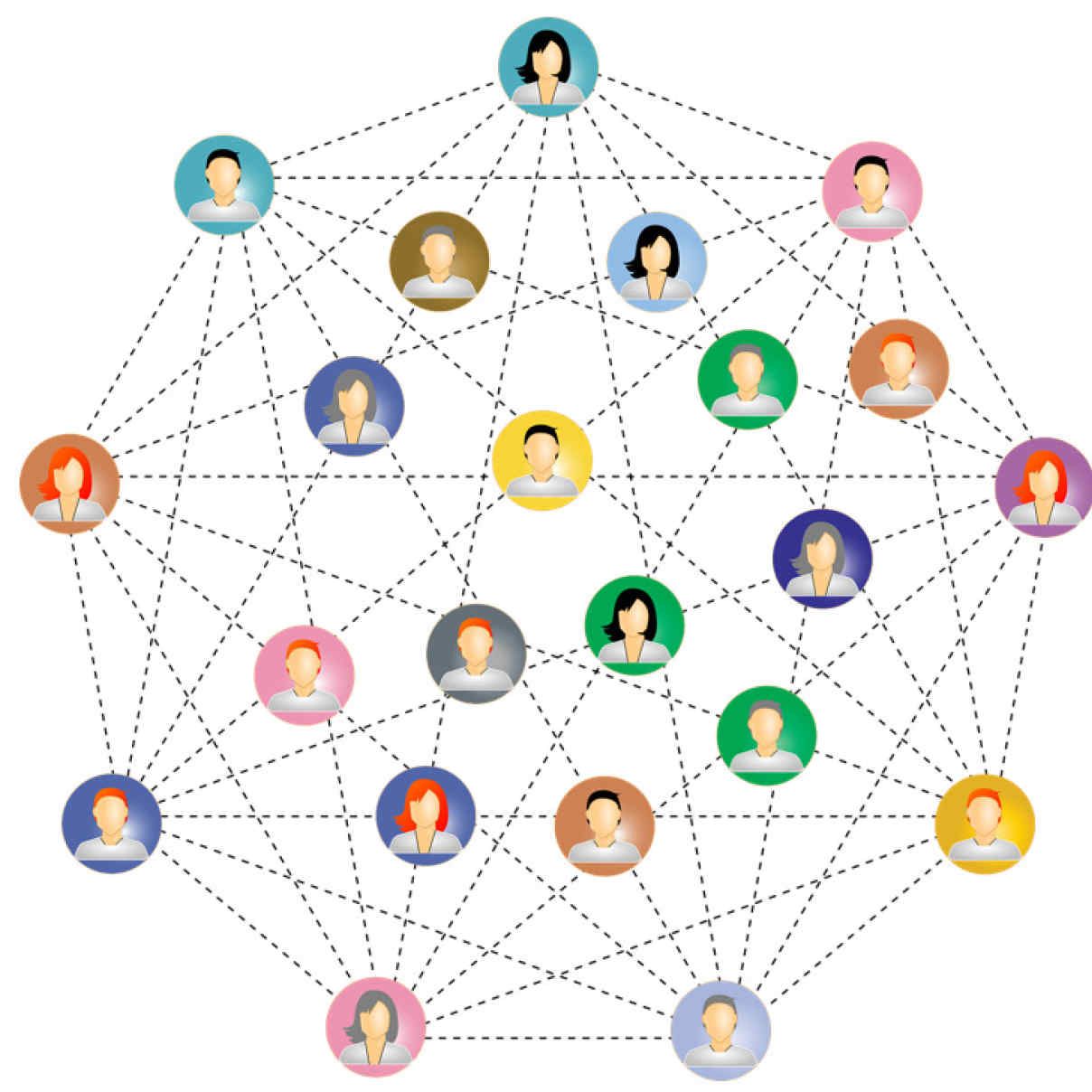
Why involve the public/patients at this stage?
Considering that most projects are funded by public money, it's important that the public voice is able to inform what is researched. The experiential knowledge of patients, the public or those who use relevant services can inspire unexpected research questions, and allow researchers to check the priorities they have already identified are relevant to the people the research affects.
How your research could benefit
Involving patients or the public in identifying and prioritising research agendas can:
- Help identify unmet needs and novel research areas or challenges
- Align research focus closer to patient/public interest
- Check your theories and ideas are clinically relevant
- Increase likelihood of funding
- Help maximise your 'pathway to impact' from the start of your project
How you could benefit
Involving the public in your work at the research agenda-setting stage can have a positive impact on you too:
- Greater insight into patient or public opinion of your research proposal
- Greater motivation and momentum to initiate research
- Greater clarity and focus about the reasons for doing research
- Opportunity to build public involvement experience early on in your research project and career
- Reflect on your assumptions about patient/public knowledge and the impact of their involvement
Ways to involve the public at this stage
- Connect with public/patient forums, e.g. join online discussions with existing reference groups/networks
- Arrange informal meetings with existing public or patient reference groups and networks
- Invite public/patient representatives to an event, conference or festival
- Adopt a formal public involvement model for prioritising research agendas e.g. James Lind Alliance Priority Setting Partnership, The Dialogue Model, Delphi method
- Co-create a new way of informing research priorities
Here’s a mix of formal and informal methods and case studies for inspiration:
Mixed methods
3 Column general content block - JLA-Dialogue-Delphi
James Lind Alliance Priority Setting Partnership
This initiative brings patients, carers and clinicians together to agree what the most important research questions are.
Citizen Visions on Science, Technology & Innovation
The CIVISTI method uses citizens’ concerns about societal development as a stepping stone for developing and defining relevant and forward-looking research and agendas.
In addition, there's the Delphi Method. This is a forecasting method based on the results of multiple rounds of questionnaires, which are sent to, and reviewed by, a panel of experts. See this case study for an example.
Published examples
- [JLA example] Exploring the challenge of health research priority setting in partnership: reflections on the methodology used by the James Lind Alliance Pressure Ulcer Priority Setting Partnership.
- [Dialogue Model example] Involving burn survivors in agenda setting on burn research: An added value?
- A national patient and public colorectal research agenda: integration of consumer perspectives in bowel disease through early consultation
- Consulting patients in setting priorities in Myalgic Encephalomyelitis (M.E.) research: findings from a national on-line survey
- Patients’, clinicians’ and the research communities’ priorities for treatment research: there is an important mismatch
- Study protocol: Determining what young people with rheumatic disease consider important to research (the Young People’s Opinions Underpinning Rheumatology Research - YOURR project)
- Community Involvement Feedback/Suggestion Letter (COVID-19 case study)
Next steps
If you're interested in the benefits of public involvement at this stage, here's how to getting going:
3 column colour block - next steps
Go to the next research stage - Funding and Commissioning - or use the navigation bar at the top to explore where else public involvement could help.
Read our blog
All posts- Having an Impact with PPIE in Paediatric Intensive Care Research
- Public engagement and involvement at the Cardiomyopathy UK conference: When researchers and the public meet
- Why did nobody ask us?! Reflections and findings from co-produced research into children’s vaccine uptake.
- Three key takeaways from our participation in the Research Engagement Network (REN) community roadshows
- You and Your Health Data: Results of our Great Exhibition Road Festival activity
- “I sound like Darth Vader and I cough up fur balls” How people living with Airway Stenosis have informed my research career so far.
